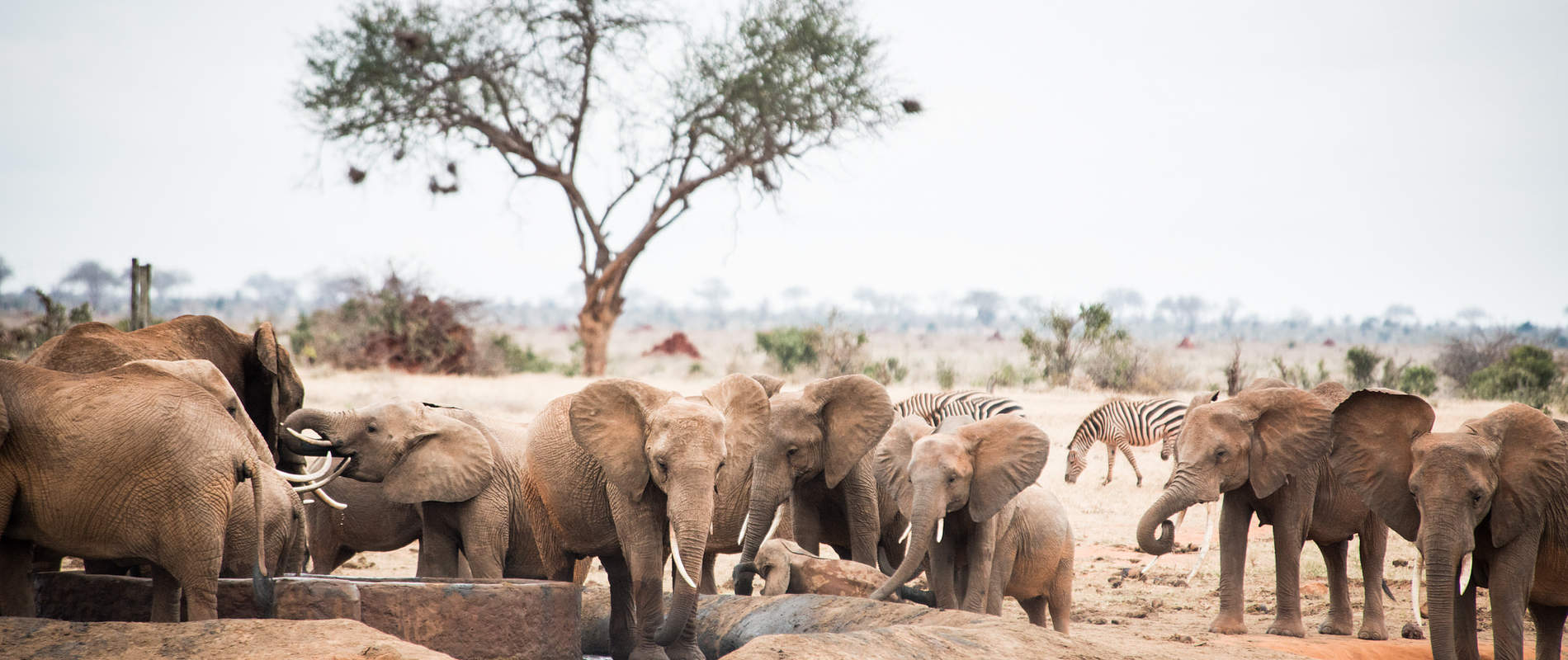In the heart of Kenya, where the rhythms of nature dictate life’s pace, the arrival of the rainy season brings forth a unique measure of time, unlike any conventional calendar. This extraordinary phenomenon not only shapes the agricultural cycles but also holds cultural and ecological significance, offering a glimpse into the harmonious coexistence between humans and their environment.

Kenya’s rainy season is a spectacle that captivates the senses, transforming the landscape into a vibrant tapestry of lush greenery and flowing waterways. It typically occurs in two phases: the “short rains” from October to December and the “long rains” from March to May. These periods mark the transition from dry arid landscapes to bountiful and fertile terrains, and they are keenly awaited by farmers and pastoralists alike.

The unique measure of time during Kenya’s rainy season is linked to the phenomena that accompany it. The arrival of migratory birds, the blossoming of certain wildflowers, and the behavior of wildlife are all signals that the rains are imminent. These natural indicators have been passed down through generations, becoming a part of the cultural fabric of the region.

For Kenyan farmers, the arrival of the rainy season is a cause for celebration. It signifies the opportunity to sow their crops and ensure a bountiful harvest. Communities come together to prepare their fields, often engaging in traditional ceremonies that honor the land and seek blessings for a successful planting season.

The rainy season is not just about agriculture; it also plays a vital role in sustaining Kenya’s unique ecosystems. Rivers and waterholes fill, providing essential drinking water for wildlife. It’s a time when the Great Migration takes place in the Maasai Mara, as millions of wildebeest and zebras follow the fresh grasses that sprout during this period.

While modern calendars are still in use, the unique measure of time offered by the rainy season remains deeply ingrained in Kenyan culture. It connects communities with their natural surroundings, fostering a sense of stewardship and appreciation for the environment.

The rainy season in Kenya serves as a reminder that time is not solely a man-made construct but a reflection of the natural world’s rhythms. It demonstrates the profound connection between humans, nature, and the cycles that sustain life.

In conclusion, the rainy season in Kenya is more than just a meteorological event; it is a unique measure of time that defines the rhythms of life for both humans and the natural world. It is a celebration of the harmony between culture and ecology, offering a lesson in the interconnectedness of all living beings.




